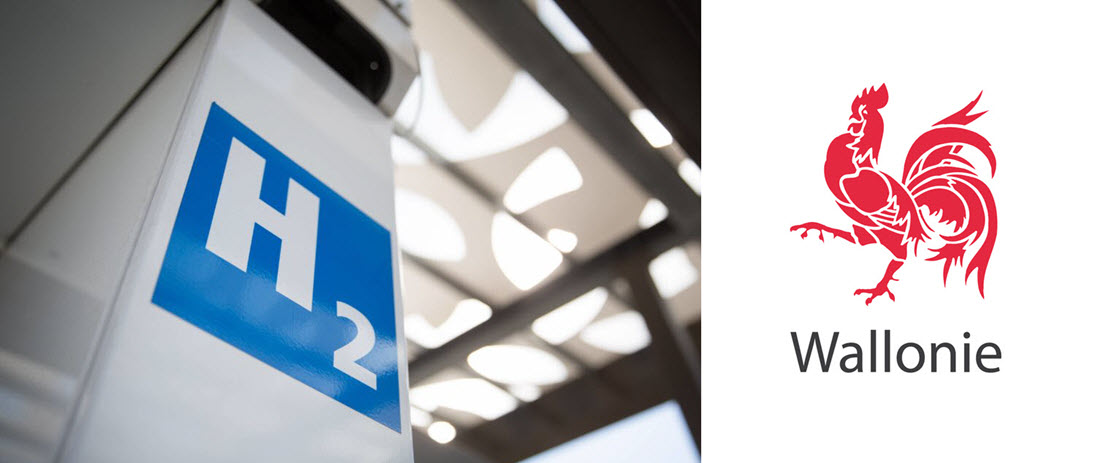
The Government of Wallonia has approved the result of the call for projects for the establishment of a hydrogen production and distribution station from electricity produced in the Walloon Region and aimed at supplying a fleet of buses in the district of Charleroi.
Philippe Henry, Minister of Energy, thus selected the “Waste-to-Wheels” project led by ENGIE, in collaboration with TIBI, SUEZ, and SRIW.
The objective is to electrolyze water with the electrical production from the TiBi energy production unit in Charleroi. This hydrogen will be used to power 10 buses in the Jumet depot which will be co-financed by Europe through the JIVE project.
The Waste-to-Wheels project is led by a consortium made up of ENGIE, TIBI, and SOTRADIA (joint subsidiary between SUEZ and SRIW). ENGIE and SOTRADIA will form a joint venture with limited liability, the capital of which will be 50% held by ENGIE and 50% by SOTRADIA, in order to invest and operate the electrolysis installation, the hydrogen transport device, and the bus supply pump.
TIBI will host the electrolyzer on the site of its UVE (Energy Recovery Unit) and will supply it with the share of electricity considered to be renewable.
As part of its project, ENGIE was able to negotiate an integration of Wallonia within the European JIVE project.
The overall objective of JIVE is to advance the marketing of hydrogen fuel cell buses by the large-scale deployment of vehicles and infrastructure so that they become commercially viable. The aim is to double the number of buses of this type in Europe and to reduce the costs of this technology by 30%.
This commitment will cover the reception by the OTW of the hydrogen recharging station at its Jumet depot and the upgrading of the maintenance workshop.
The use of this hydrogen on the Jumet site will allow local energy recovery without resorting to heavy transport infrastructure (electric or water pipeline).
In order to support the project, the Walloon Government grants double the aid consisting of:
- a € 2 million loan granted to ENGIE included in the programming of the Kyoto Fund for the year 2020,
- a grant of up to € 2.7 million, including € 540,000 covering the first two years of project operation.
Due to its capacity and ease of storage, hydrogen has emerged in recent years as one of the elements that will allow the energy transition and better integration of renewable energies in different sectors of activity.
Electric hydrogen buses can indeed operate with “green” or “decarbonated” hydrogen, especially when it is produced by the electrolysis of water. Compared to a diesel vehicle, they offer a zero-emission solution (no carbon dioxide or polluting particles). They also have a fast recharge time (between 5 and 10 minutes) and a range of at least 300 km.
Read the most up to date Fuel Cell and Hydrogen Industry news at FuelCellsWorks




